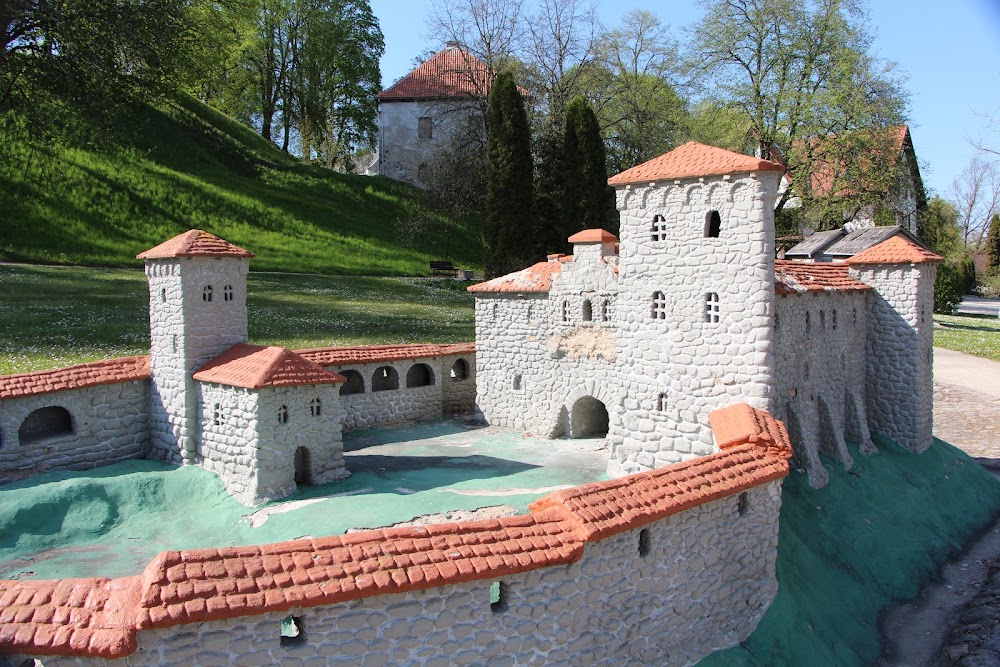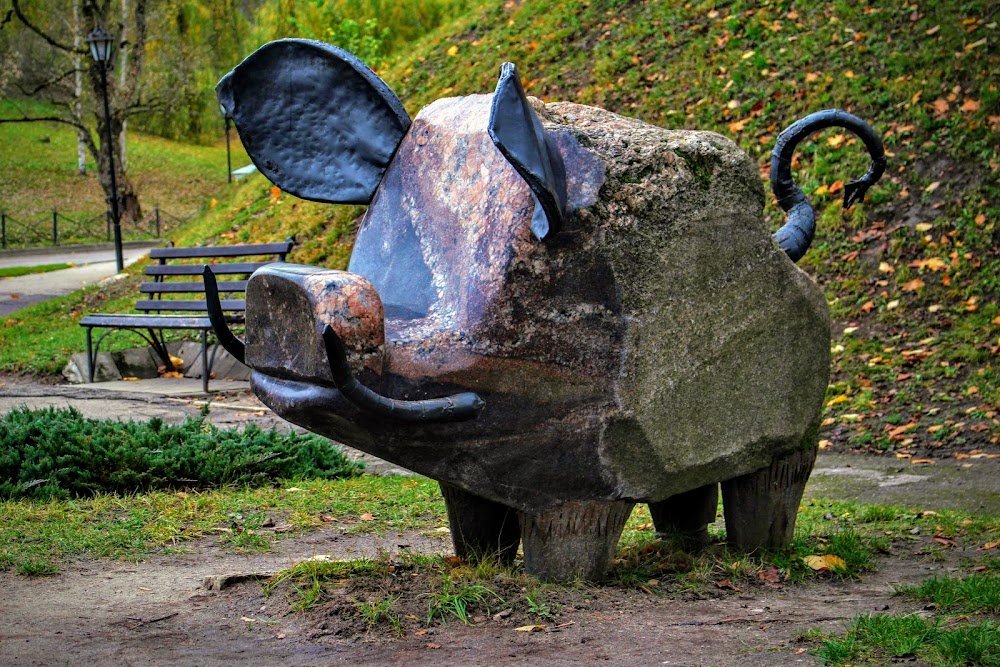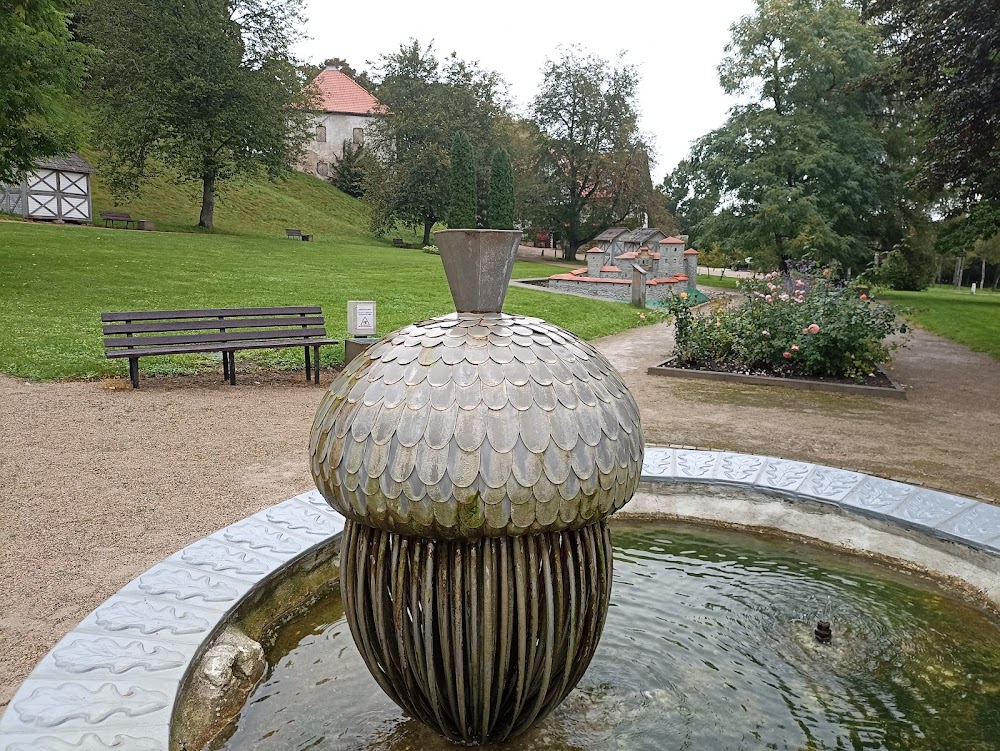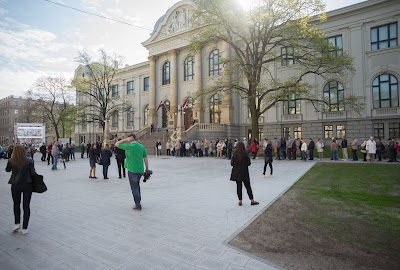Kandava Castle Mound (Kandavas pilskalns)
Overview
Kandava Castle Mound, nestled in the picturesque Kandava Municipality of Latvia, boasts a captivating history that is deeply woven into the region's medieval tapestry. Dating back to the 13th century, this ancient site was initiated by the Order of the Brothers of the Sword, also known as the Livonian Order, around the year 1253. Their mission was to fortify and establish control over the land while spreading Christianity throughout the Baltic region, making this mound a significant part of their expansive efforts.
The choice of location for the castle mound was strategic; it occupies elevated ground overlooking the serene River Abava, offering a perfect vantage point to detect any approaching threats. This natural elevation not only served as a defensive measure but also provided a commanding view that enhanced the stronghold's effectiveness. The mound was meticulously raised and shaped, creating a robust earthen platform for the construction of the castle's main structures.
To construct the mound, builders imported earth and stone, layering them to create a formidable base. Initially, the castle itself was made of wood—a practical choice, given the abundance of timber in the surrounding forests. This allowed for swift construction. However, as the need for more enduring and fire-resistant structures grew, portions of the castle were gradually reconstructed using stone, reflecting the evolving architectural practices of the time.
The fortified castle comprised a central keep, defensive walls, and multiple towers, all designed to withstand sieges and assaults. The keep served as the heart of the stronghold, housing vital quarters, storage areas, and armories. Surrounding defensive walls and towers were equipped with battlements and arrow slits, providing defenders with strategic positions to repel any invaders.
As the epicenter of Kandava's administrative and military activities, the castle emerged as a symbol of power and governance. It played a crucial role in local defense, trade control, and the enforcement of law and order. Over the centuries, it witnessed numerous conflicts and ownership changes, mirroring the turbulent history of the region.
However, time took its toll on the castle, leading to periods of destruction and rebuilding. It suffered significant damage during wars, particularly in the 17th century when Swedish armies ravaged the area during the Polish-Swedish wars. These conflicts left the castle in ruins, and it never regained its former grandeur. Eventually, it was abandoned, allowing nature to reclaim the site, with trees and vegetation slowly enveloping the remnants of the once-mighty structure.
Today, Kandava Castle Mound stands as a historical site and cultural heritage landmark. Archaeological efforts have uncovered remnants of the old structures, offering visitors a fascinating glimpse into its storied past. Interpretative signs and pathways around the mound guide visitors, helping them visualize the formidable stronghold that once dominated this landscape.
The Castle Mound is not merely a relic of the past; it represents local pride and heritage for the people of Kandava. The site frequently hosts cultural events, medieval reenactments, and educational programs aimed at bringing its history to life for younger generations. The legacy of the Knights and their castle mound continues to shape the identity of Kandava, seamlessly connecting its rich past with the vibrant present.








